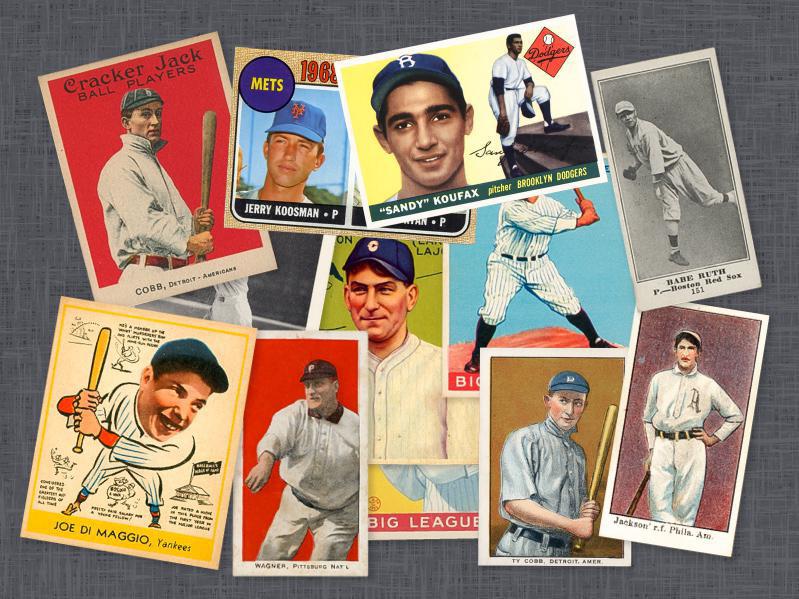Paul Harvey used to tell us about the “Rest
of the Story”, interesting vignettes about famous people that few of us had ever heard.
They had a way of rounding out the flat surface of long dead individuals. Even
with helpful stories that broaden characters we can only really know a little
about each person.
History filters out characteristics central to character but opposed to the larger narrative
they represent.
History is never quite as clean as we’d
like. Henry Ford called history “Bunk” as in, nonsense or hog wash. I don’t
think he meant “lies” but certainly exaggerations and distortions. There are indisputable
facts throughout history that we know to be true. The Civil War between the
states took place between 1861 and 1865. The Union outlasted the Confederacy through
a war of attrition exhausting all resources the South could muster.
General Sherman hated the South and viewed slavery as something barbaric. The
first two statements are true and the third is basically false.
We
know that Sherman wanted to keep the Union together but as he did live in
Louisiana for a while and come to respect the Southern aristocracy. He didn’t
think slavery a terrible thing despite fighting for the side with the most
abolitionist sentiment. He comes close to supporting it on a few occasions. He
may have come around to the view that freeing slaves was the best alternative
but I couldn’t find any proof of it. I’m guessing Sherman isn’t unique in that
way either. I doubt many Union generals thought of freeing slaves as their
primary concern. A lot of Civil War history (recent) emphasizes the most
important goal of the Union, to free slaves. But to read accounts of generals,
on both sides, the cause of slavery seems a minor issue.
We
tend to exaggerate traits that show up in their lives, and ignore other
characteristics that don’t line up with our image. Union soldiers fought to end
slavery, Confederate soldiers wanted to keep it. A lot of pseudo history flows
from that.
I read a biography of Benjamin Franklin
years ago and was surprised that the author kept trying to explain away
Franklin’s request for prayer at the Constitutional Convention. A known Deist, Franklin couldn’t have really
thought a prayer would make a difference goes the argument. The author ties himself up to explain
this ‘one-off’ over this minor example that seems to contradict what the great
inventor was all about. It doesn’t contradict anything though. People are
complicated and prone to change their minds. Some historians want Franklin to
be the logical scientist, running electrical tests and dismissing notions of
faith as silliness.
There is always the chance that Benjamin
Franklin had matured in his old age (81 during the convention) and placed a
greater emphasis on God and faith. After seeing Washington’s rag tag army
survive the onslaught of the British troops and their vastly superior infantry,
isn’t it at least possible? How many of us have changed our minds on an issue
as more information becomes available?
Someone like FDR (Franklin Delano Roosevelt) is much harder
to get at the heart of. He is miserable to study because he rarely wrote things
down. He would famously tell staff members one thing and send others off with
contrary instructions. He didn’t record much of it in his diaries either so
historians have to piece together his life with large chunks missing.
It isn’t hard to imagine how easy it is to
misunderstand someone or only see a particular side of them. A lot of
historical writing is just that. Leo Tolstoy writes Napoleon as a silly little
man surrounded by sycophantic followers in War
and Peace. As a Russian he didn’t buy the ‘great man’ narrative surrounding
the French general who rebuilt the country after the disastrous revolution. It
didn’t hurt that Napoleon was run out of Moscow by the brutal winter more so
than the Cossacks that defended it. This made him seem beatable for maybe the first time. But Leo Tolstoy only knows about Napoleon
from Russian sources, it’s a shaded picture. Napoleon might have been overrated
as a leader by French standards, but does anyone honestly think he couldn’t
command fighting men?
I usually only see my neighbors when I
work in the yard. I wave, they wave. Our relationship isn’t too much more than
that, pleasant but impersonal. I lose my temper frequently when doing yard
work. Either the mower won’t start or the weed wacker won’t spool out line; I
threw my hammer and cussed out the shingles (many times) on my garage while
replacing the roof a few years ago. I told a man walking through the neighbor
(in no uncertain terms) I didn’t trust him and he’d better keep walking. Any
neighbor observing my behavior (It gets really hot in the summer OK!) would
describe me a lot different than someone I work with. I’m typically agreeable
at work.
That’s how this whole picture of a person
works. When you realize we act different depending on the situations it helps
to explain the full image a little clearer. There is also the issue of any of
us at different ages or different phases in life. Before kids and after kids;
as a student and after retirement. Our essential nature doesn’t change but the
intensity and importance of our pursuits often does.
I try to keep it in mind when reading
history.


